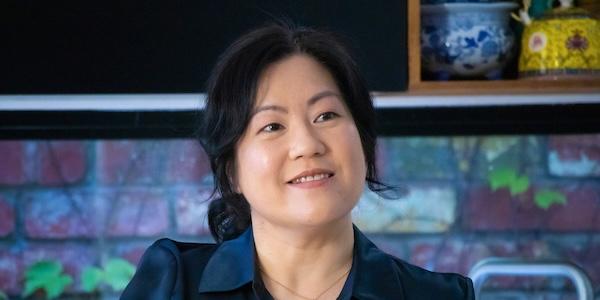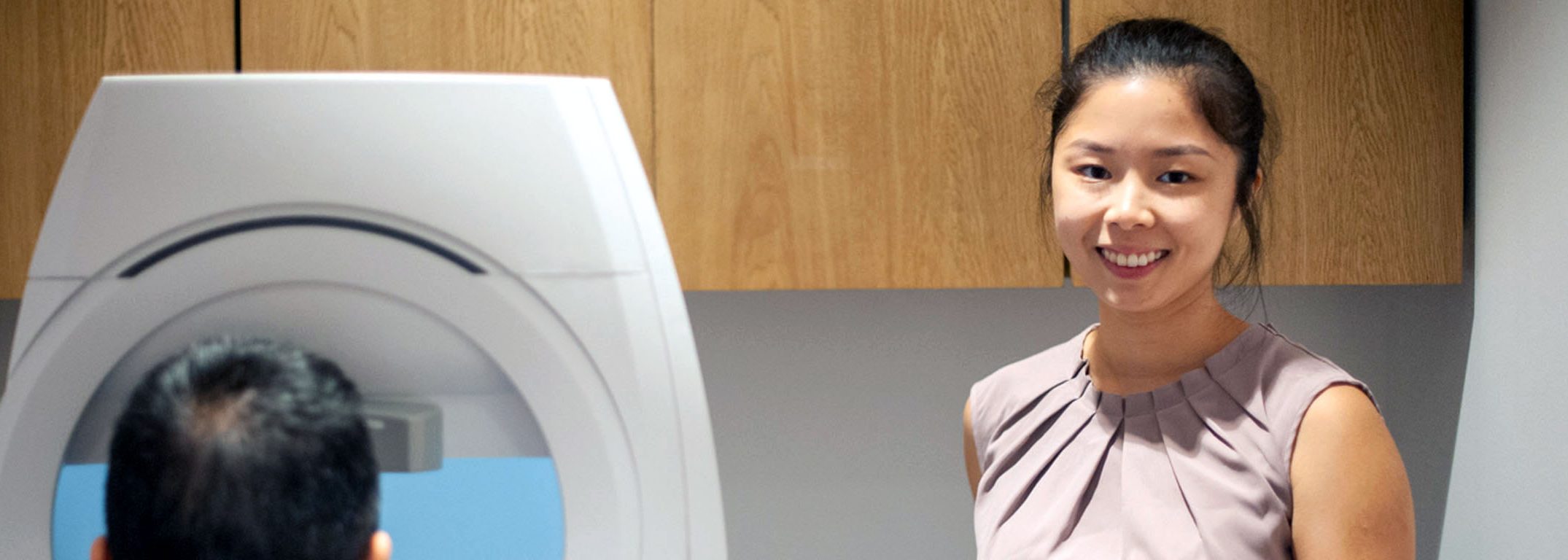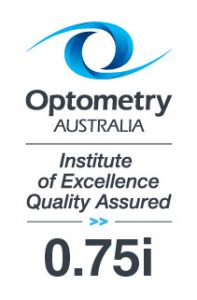Let’s support optometry on the big screen
Optometrists aren’t just making a difference in the practice room – they’re making waves in cinemas too. View
View

As of 1 December 2020, in order to retain registration as an optometrist, the following requirements apply:
| From 1 December 2020 | |
|---|---|
| CPD Cycle | 1 year cycle |
| Units | Hours |
| Minimum CPD required | 20 (non-T) or 30 (T-endorsed) |
| Minimum Interactive* Units | 5 hours per year |
| Minimum units of clinical activities | 15 hours (non-T) or 25 hours (T-endorsed) |
| Maximum non-scientific units | 5 hours |
| Minimum therapeutic units | 10 hours of the 30 hours (2 of these hours must be interactive) |
| Learning Plan | Required |
| Period of time evidence is required to be kept | 5 years |
| CPR Training | Every 3 years |
This tally is automatically calculated and stored for you in the learning plan of your CPD Portfolio.
More information is available on the OBA’s website: Guidelines for CPD effective from 1 December 2020.
Yes. The CPD and CPR requirements apply to all registered optometrists who hold general registration with AHPRA. The only exception is if you have applied for CPD exemption (see Fact Sheet: Continuing professional development exemptions) due to exceptional circumstances or are in the non-practising category. Exemptions need to be applied for and are granted at the discretion of the OBA.
All registered optometrists must also maintain a CPD portfolio inclusive of a learning plan which in keeping with adult learning principles, identifies individual learning goals, considers and plans how these will be met, and enables a reflection on how education undertaken has met these goals and will shape future practice.
All Optometry Australia members will have access to an individual learning plan template within Membership 360 that is linked to the Optometry Australia Institute of Excellence.
Accessible online, this dynamic tool will help you plan your year of CPD by enabling you to add new CPD activities or remove previously-selected CPD activities as required. In case of an OBA audit, your individual learning plan can be easily printed and presented as evidence. Optometry Australia will also provide you with a CPD certificate in case of an audit.
You cannot register as a health practitioner and undertake patient consultations if you have not completed the minimum requirements within each registration period.
CPD activities that meet the standard should:
CPD activities that meet the standard may comprise a broader group of activities compared to the traditional lectures, workshops and journal-reading sessions of the past. They may include evidence-based clinical discussions with colleagues or stakeholders and clinical audits undertaken to benchmark your patient outcomes.
The OBA’s website provides useful guidance on what activities may or may not be considered CPD via the document titled Guidance – CPD activities that meet the standard.
Optometry Board of Australia (OBA)’s definition of ‘interactive’ is “learning that involves a two-way flow of information and occurs with other practitioners, such as face to face or interactive online education “. Optometrists must ensure that at least 5 hours of the annual total are ‘interactive.’ In addition, 2 of your 5 interactive hours needs to be of therapeutic content, if you are therapeutically-endorsed.
Examples of interactive CPD include: in-person or online workshops (where there is direct engagement between facilitator and attendees) and structured, evidence-based clinical discussions with colleagues (with appropriate note-taking/recording of your discussions).
The main thing to note is that “Face-to-Face” does not automatically translate to/mean “interactive”. Note that additional criteria also needs to be met – this might include an ability to facilitate the break-up into smaller groups with appropriate moderation for a more engaging interaction (eg. small discussion groups, online breakout rooms or live “hands-on” workshops), where there is direct engagement between participants involving structured evidence-based discussions with appropriate note-taking or the utilising of clinical equipment/tools to hone clinical skills. Case report discussions between practitioners at your practice or online, visits with ophthalmologists, lunchtime workshops with other allied health practitioners at a community health clinic, are other examples.
You just need to self-record the amount of time spent undertaking such CPD along with your associated “reflection” within the ‘My Own Activities’ section (Step 3) of your Learning Plan. ‘Interactive’ CPD can also certainly be non-clinical/non-scientific like participating in a cultural awareness workshop, a workshop that improves your communication skills, an activity related to optical goods, or a workshop on how to respond to family violence.
Please contact us for other tips or watch this CPD webcast Q&A from May 2021. Optometry Australia Quality-Assured CPD activities will have a logo ‘ i ‘ to denote that the lecture, workshop, presentation , conference or online webcast has ‘interactive’ content and once completed, will be recorded in your online Learning Plan.
All CPD activities promoted via Optometry Australia’s Institute of Excellence will be quality-assured by Optometry Australia to ensure that they are relevant to and of appropriate quality for optometrists. Optometry Australia will also continue to record the specific CPD activity classification and time allocation for all activities undertaken by members through the Institute of Excellence.
Through the Optometry Australia Institute of Excellence:
Optometry Australia has developed the Optometry Australia Institute of Excellence Quality Assurance Logo/Badge to clearly identify CPD activity classification and time allocation in order to remove ambiguity for all CPD providers and optometrists.
Course material (e.g. flyers, invitations, websites, etc.) of a quality assured CPD activity will have the Optometry Australia Institute of Excellence Quality Assurance Logo/Badge displayed. The number indicates the expected time duration (in hours) for completing the activity. The letter descriptors ‘N’, ‘T’ and/or ‘i’ following the number refer to the classification of the CPD activity as non-clinical (N), therapeutic (T) and/or interactive (i).

OBA CPD guidelines, FAQs and fact sheets
Please contact cpd@optometry.org.au or 1800 383 273 for any CPD related questions.
 View
View
 View
View
 View
View
In the spirit of reconciliation Optometry Australia acknowledges the Traditional Custodians of country throughout Australia and their connections to land, sea and community. We pay our respects to their Elders past and present and extend that respect to all Aboriginal and Torres Strait Islander peoples today.